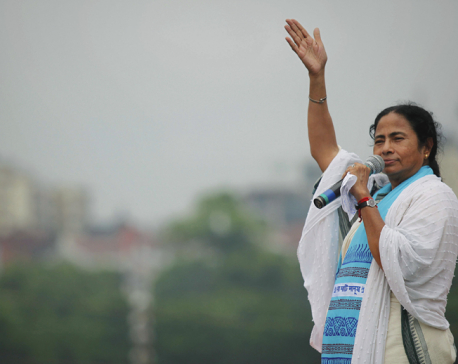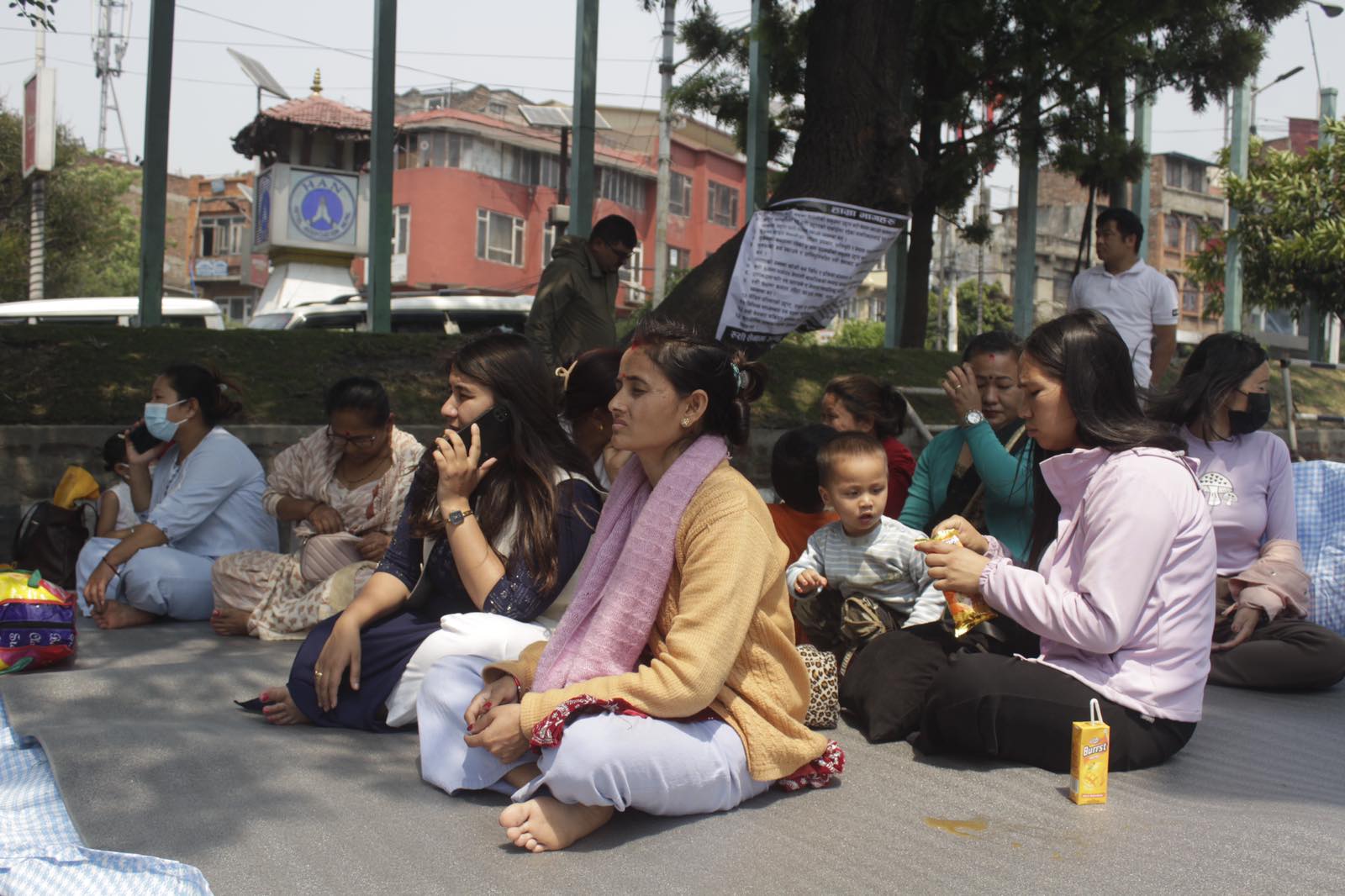
OR
Constituency delineation
Whatever the leaders of major political parties may say in public, their actions suggest they are not serious about holding the remaining elections within the January 2018 constitutional deadline. Otherwise, it is inconceivable that a government formed with the one and only mandate of timely elections would, nearly a month and a half since its formation, take no initiative to form the constituency delineation commission (CDC). As per the new constitution, the 240 national electoral constituencies that are in existence at present are to be reduced to 165 for the federal elections. Added to the 110 members that are to be elected under the Proportional Representation (PR) quota, the constitution envisions a 275-member lower house of federal parliament. The drafters of the new constitution had placed the cap of 275 based on public feedback. The jumbo 601-member Constituent Assembly was disproportionately large compared to Nepal’s population and proved to be big drain on taxpayer money. But, by the looks of things, our major political actors seem happy with current constituencies, which is why they have made little effort to cut the size of the federal parliament ahead of the impending federal elections.
Of course, they don’t say this in public. Political leaders, from across the political spectrum, have in fact said that there can be no justification for retaining the old constituencies. But our political actors are an insecure bunch. Even though they might theoretically be in favor of fewer constituencies, they don’t want to tinker with the outlines of the ‘safe’ constituencies that have consistently elected them. This is perhaps why, by endlessly vacillating on the constituency delineation commission, they want to create a situation whereby elections can be held on time only on the basis of old demarcations. That would be most unfortunate, as the country could again have to pay for the self-serving ways of its politicians. But the long delay over the commission’s formation has raised another, more troubling question. Do our major political parties want timely elections at all? Are the ruling Nepali Congress and CPN (Maoist Center), after their relatively poor showing in the first two phases of local elections, now trying to deliberately delay elections? That said, even the main opposition, CPN-UML, which has gotten the most seats in local elections, has failed to put enough pressure on the government for quick formation of the commission.
The Election Commission had given the government until July-end, not just to put the CDC in place, but also for the body to submit its final report. If not, the Election Commission had warned, it would be difficult to meet the January 2018 deadline. So with the government now sure to miss the July-end timeline for CDC report, what happens next? Can the remaining local, provincial and federal elections still be held on time? It appears that one reason for the delay is the failure of the political parties to arrive at a consensual candidate to head the CDC. Again, the reason for this is clear enough: political leaders all want to pick someone who will do their bidding and not mess with their safe constituencies. It is not a little ironic that the political parties that like to think of themselves as harbingers of recent progressive changes should be together taking the country on the brink of a dangerous constitutional crisis.
You May Like This

How do celebs celebrate April Fools’ Day
Every year, the 1st of April is celebrated as April fools’ day across the globe. It is usually observed by... Read More...

In fool’s paradise
Please do not tell me smaller countries are in no position to protect themselves and to look after their own... Read More...

April fool’s Day: Best fake news pranks from around the world
Newspapers and companies around the world have been playing pranks with their followers on social media by posting fake news to... Read More...

Just In
- Sajha Yatayat cancels CEO appointment process for lack of candidates
- Govt padlocks Nepal Scouts’ property illegally occupied by NC lawmaker Deepak Khadka
- FWEAN meets with President Paudel to solicit support for women entrepreneurship
- Koshi provincial assembly passes resolution motion calling for special session by majority votes
- Court extends detention of Dipesh Pun after his failure to submit bail amount
- G Motors unveils Skywell Premium Luxury EV SUV with 620 km range
- Speaker Ghimire administers oath of office and Secrecy to JSP lawmaker Khan
- In Pictures: Families of Nepalis in Russian Army begin hunger strike















_20240419161455.jpg)

Leave A Comment